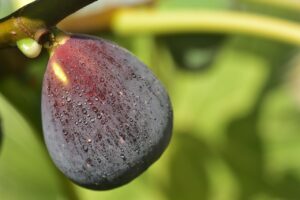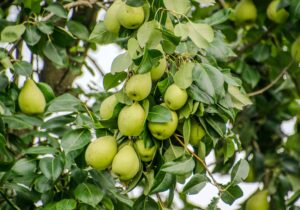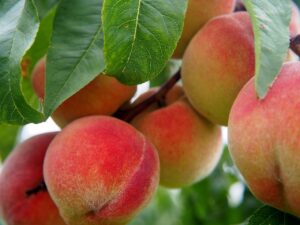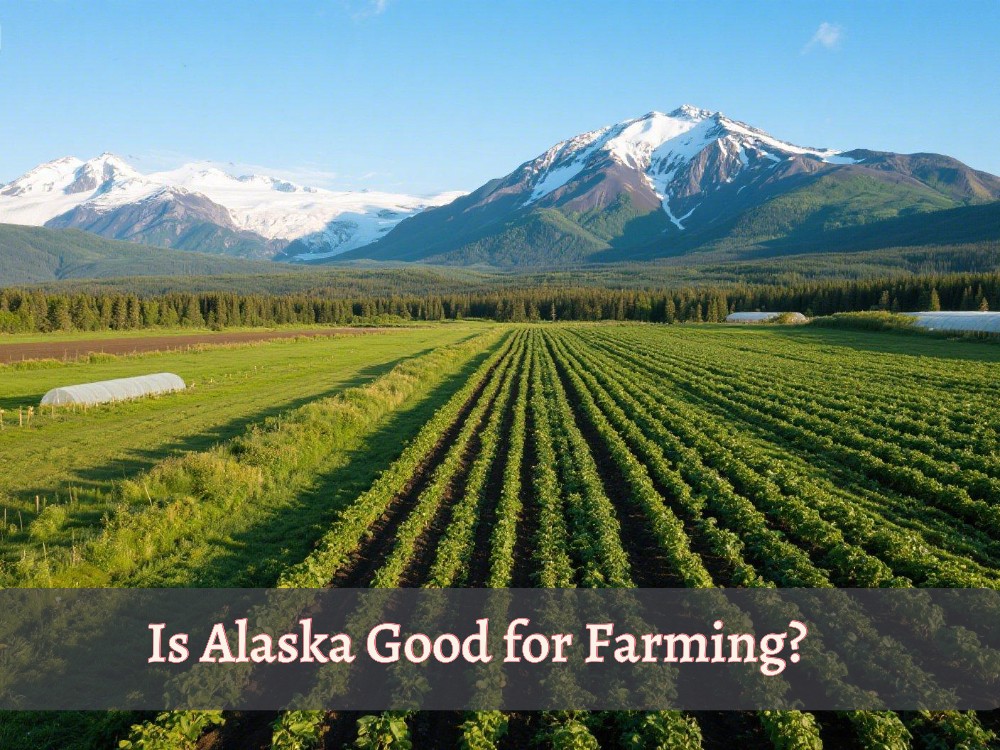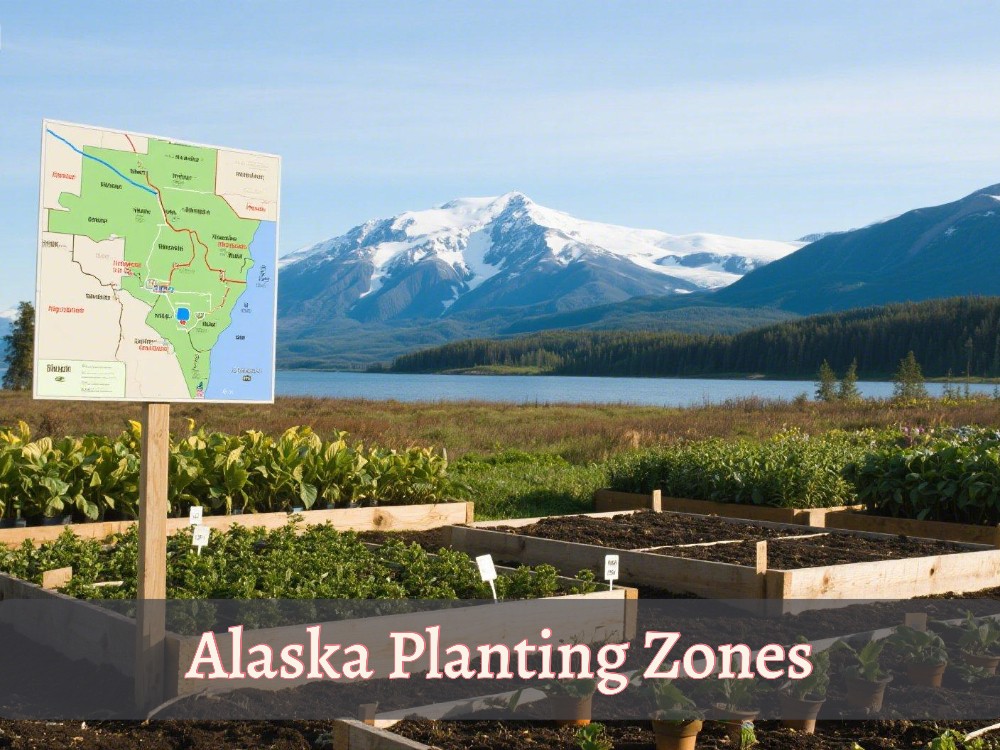In the southeast United States, Georgia is a peach state known for its natural beauty and mountain scenery and also for its agriculture. Although today’s Georgia is mostly growing peanuts and blueberries, here is the interesting reason behind calling it a peach state.
Due to Georgia’s climate (mild winters and long summers), agriculture is an economic backbone. To provide a solid support backbone, you have to determine the growing season length and frost duration.
Because the climate of any area highly affects plant growth and overall yield. Georgia’s growing season divides possibilities of agriculture in many directions. That makes the importance to understand growing season length and frost duration for everyone who in Georgia.
GEORGIA’S GROWING SEASON is not the same EVERYWHERE
By the way, there is a lot of climate consideration in managing plant growth, but growing season and frost duration give us the estimated data to identify which plant how will grow.
These things may be different from area to area, so you will need to research or analyze yourself when the last frost passes and the growing season starts in YOUR AREA.
According to WheatherSTEM, Goerigia’s growing seasons are 6 to 9 months, from north to south. After the frost duration in Georgia, the remaining period is its growing season.
How Long is Growing Season in Georgia?
Georgia’s growing season is a period when plants flourish and thrive happily. Typically, this period starts after the last frost date and ends until the first frost date.
Living in Georgia, you can also examine yourself, but here, I have already researched for you based on online weather updates. Here are the 2025 updated frost dates of Georgia!
The northern part of Georgia’s weather is relatively cold, and frost comes early. On the other hand, southern parts are more warm and humid with long growing season. That’s why Georgia covers USDA zones from 7b to 9a, from mild to warm areas.
How Many Growing DAYS in Georgia?
Generally, the first frost date starts from early to late November and ends in late March or early April in Georgia, making the growing season 180 days in northern and 270 days in southern Georgia.
However, this estimation may vary based on the specific height, zone, and local climate, which has forced me to write effectively about Georgia’s growing season.
Top East North Georgia
Compared to other parts, Northern Georgia provides the mildest climate. Some areas (Hiawassee) cover zone 7a, while most (Blue Ridge, Blairsville) consist of 7b.
Here, the average first frost date is from mid-October to early November, and the last frost date occurs in early April to late April. In this way, the growing season length becomes about 164 or 190 days or 5 to 6 months.
| City | Last Spring Frost | First Fall Frost | Growing Season (days) |
|---|---|---|---|
| Blairsville | May 2 | Oct 14 | ≈ 164 |
| Blue Ridge | May 2 | Oct 14 | ≈ 164 |
| Hiawassee | Late Apr | Early Nov | ≈ 190 |
Top West to Central Georgia
From northern parts, central Georgia starts going into warmer situations the northern parts. Atlanta, Athens/Macon, and Augusta are major cities where zones 8a and 8b are founded.
The soil may freeze from late October to mid-November and warm up from late March to mid-April. It means growing seasons are long here, about 190 to 234 days, 6 to 7 months.
| City | Last Spring Frost | First Fall Frost | Growing Season (days) |
|---|---|---|---|
| Atlanta | Mar 23 | Nov 13 | ≈ 234 |
| Athens/Macon | Early Apr (~Apr 4) | Late Oct (~Oct 25) | ≈ 205–210 |
| Augusta | Apr 15 | Oct 23 | ≈ 190 |
West, East, and Central South Georgia
South Georgia has relatively warm conditions with a long growing season. In Albany, Albany, and Savanna, the average frost dates start in late October to mid-November and end early to late March.
Zones 9a and 9b are founded in south Georgia. Here, the growing seasons are longer than in other parts of Georgia, about 250 to 270 days and 8 to 9 months.
| City | Last Spring Frost | First Fall Frost | Growing Season (days) |
|---|---|---|---|
| Albany | Mar 31 | Oct 26 | ≈ 209 |
| Valdosta | Mar 11–20 | Nov 14 | ≈ 238 |
| Savannah | Mar 30 | Oct 31 | ≈ 215 |
West or East Georgia
You don’t need to worry if you live in East or West Georgia. Actually, the real difference between the growing season and planting comes in the direction of north, central, and south.
There is no significant difference in growing season length in west and east Georgia. So, if you are in the west or south Georgia, just check whether your area is in the north, central, or south direction and then use the same guide for estimation.
Pro Tip: check local frost dates in your area! The remaining period is the growing season.
The Minimum Temperature Range in Georgia
Now, it’s time to consider the minimum frost temperature in Georgia because it will help you choose the right plant that can flourish in YOUR LOCAL AREA. Georgia covers 4 USDA zones from 7b to 9a;
- Top East North 7b
- West North to central zone 8a and 8b
- Central to South Zone 9a
The USDA department has made these zones to determine the minimum winter temperature and choose the right plant variety. Too low and too high temperatures both negatively affect ant plant growth. However, each plant has a different temperature tolerance.
| Zone | Min Temperature (°F) | Min Temperature (°C) |
|---|---|---|
| 7b | 5°F to 10°F | -15.0°C to -12.2°C |
| 8a | 10°F to 15°F | -12.2°C to -9.4°C |
| 8b | 15°F to 20°F | -9.4°C to -6.7°C |
| 9a | 20°F to 25°F | -6.7°C to -3.9°C |
Best Plants for Georgia’s Climate
Plant selection is dependent on your choice and the ability of the chosen plant to survive in Georgia’s climate. Georgia is a popular state in the U.S. for its fertile land, which makes it an ideal environment for a wide variety of plants, including peaches, peanuts, onions, blueberries, etc.
Apart from that, annual vegetables like lettuce, tomato, garlic, and okra are also growing there. Anyway, agriculture is a requirement for food, so we all try to make gardening and farming easy. You can try native plants that are already growing in Georgia otherwise, everything is dependent on your preference and passion.
- Can You Plant a Loquat Tree in The Fall? Let’s Find Out
- Can You Plant a Fig Tree in The Fall? Here’s the Truth
- Can You Plant a Pear Tree in the Fall? Complete Guide
- How to Transplant Trees Safely: 5 Must-Follow Steps
- When is The Best Time to Transplant Trees for Better Growth
- How to Preserve Pumpkins Until Halloween: 3 Easy Steps
When to start planting in Georgia?
Generally, you need to consider regional climate and plant variety preference to extract the right planting time for any crop (here’s how both affect planting time). So, here, the regional climate is Georgia, while plant variety is dependent on your choice.
Anyway, we need to know the general planting time, which is mostly after the last frost date. But in some conditions, we may need to plant early indoors. According to Georgia’s growing season, direct sowing may be possible in March or April when the last frost has passed.
Otherwise, you can sow seeds indoors to get an early harvest. However, planting time varies, depending on the specific region and plant variety.
- Since winter is relatively harsh in northern Georgia, where you can do direct planting in early April.
- In contrast, south Georgia offers a mild to warmer environment, so planting is possible in early March and even in late February.
- Central Georgia comes between the two of them, where planting is considered suitable in mid-March.
Do you know? A plant’s lifecycle also matters in deciding the right planting time for that crop, whether it is cold hardy annual, or perennial.
Summary(:
Start indoor planting, especially when winter is harsh and long, for example, in Northeast Georgia, but their winters are not harsh like Alaska. While succession planting is possible where growing seasons are long, such as in south Georgia, their growing season is not long like in Florida’s growing season and texas’s gardening periods.
It completely means that Goergia’s growing seasons are mild to warmer, providing the best opportunity to grow several plants—but gardening can be successful just with proper planning to protect from intense winter and humid summer.
- Can You Plant a Loquat Tree in The Fall? Let’s Find Out
- Can You Plant a Fig Tree in The Fall? Here’s the Truth
- Can You Plant a Pear Tree in the Fall? Complete Guide
- Can You Plant a Peach Tree in the Fall? Discover here!
- Can you Plant Trees in the Fall? Is it too Late?
- How to Prepare My Garden for Winter 2025: Veggies, Trees & More


